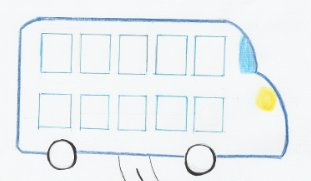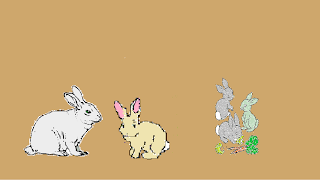Hello
everybody!!
Today my post is about activities
that we prepare to “I Can Tell it” when the children came to our university.
First of all, the teacher read the start of one story:
It is time to
sleep, and the fairies open the Book of Fairy Tales to help children have
pleasant dreams. Suddenly, the Boring Wizard appears and starts blowing and
blowing, until all the pages of the book are lost. The Fairy tales are very
sad, and need the help of a group of brave children to retell their favourite
Fairy Tales and make them live again!
So…when they arrived to the
university we started to create the story of Snow White and the seven Dwarfs.
The space was contextualised with
different pictures of the Snow White and the Seven dwarfs then we gave to the
children hoods and little posters with the names of the seven dwarfs.
Also we
were disguised like the characters of the story (Snow White, the prince and
stepmother).

 The first activity was a remembering of the story where the
children had to put in order the pieces of a puzzle. I add a photo to see you
the activity. This activity was doing in pairs with the help of the other
children, then the two kids were changing for other two.
The first activity was a remembering of the story where the
children had to put in order the pieces of a puzzle. I add a photo to see you
the activity. This activity was doing in pairs with the help of the other
children, then the two kids were changing for other two.
The next activity consisted on
telling the story with the help of a power point and supporting by gestures.
The power point had the same photos than the puzzle, so it was bridging one between the other. We
wanted the understanding of the
story by the kids.
The
last activity was a game. The children were divided in two groups. Children had
to answer some questions related to Snow
White fairy tale, if one group did not know the answer the other group can
answer. In this activity, children can prove their understanding of this story;
this is a way of evaluation.
Other
groups made their activities related to other fariry tales, for example:
Cinderella or Hercules. The tasks had to be related with ICT resources, in our
case, we used a projector to tell the story but other group created puzzles to
make in the digital board.
In
conclusion, the activity was very enjoyable and children spent a good time. It
was a good experience for us, and the most important thing, we create the
activities to children not for us, on this way we can see if it was adequate
for the age and their level.












